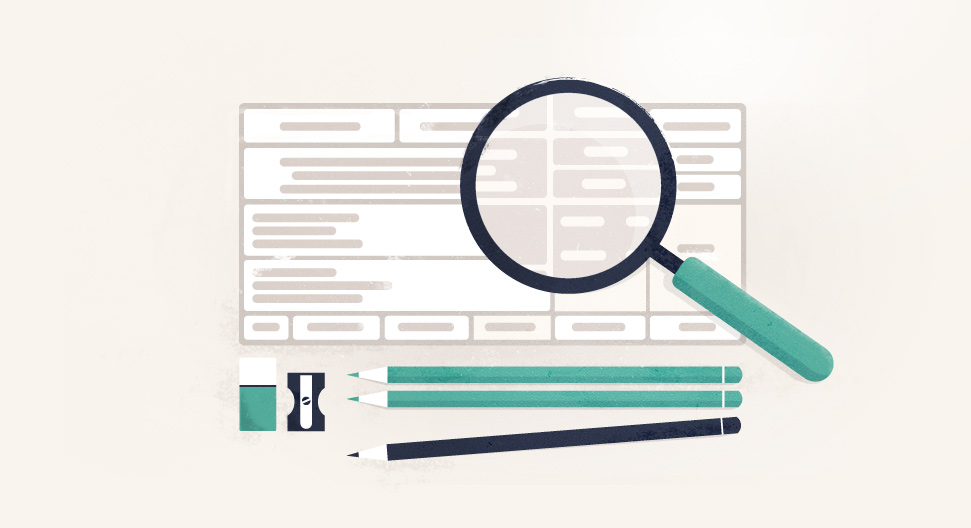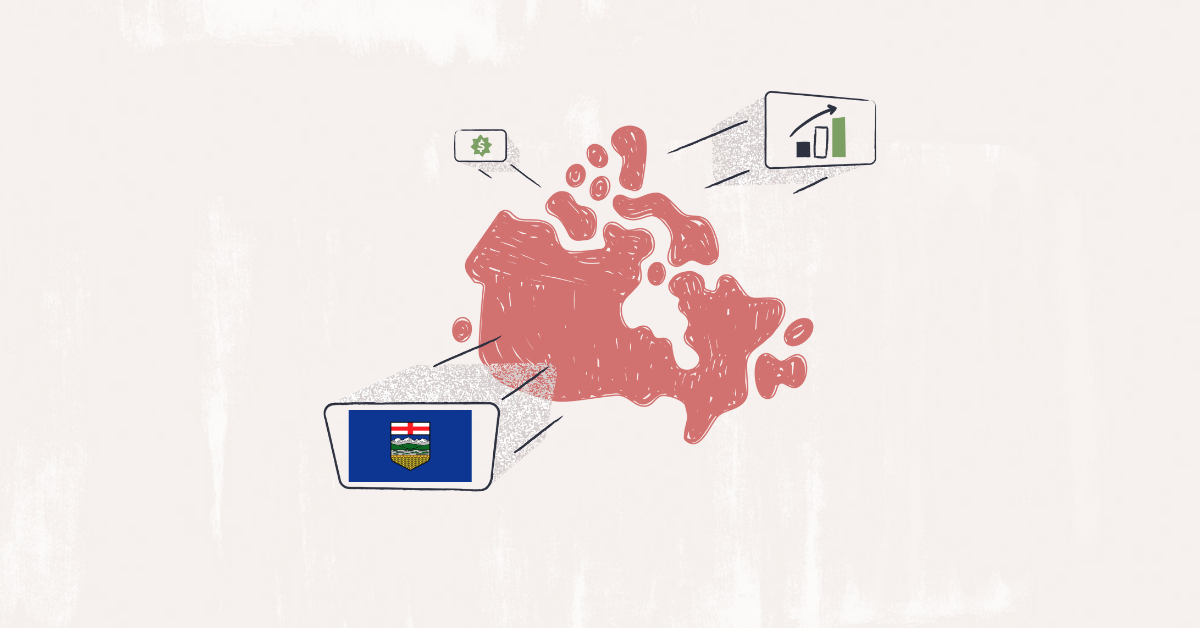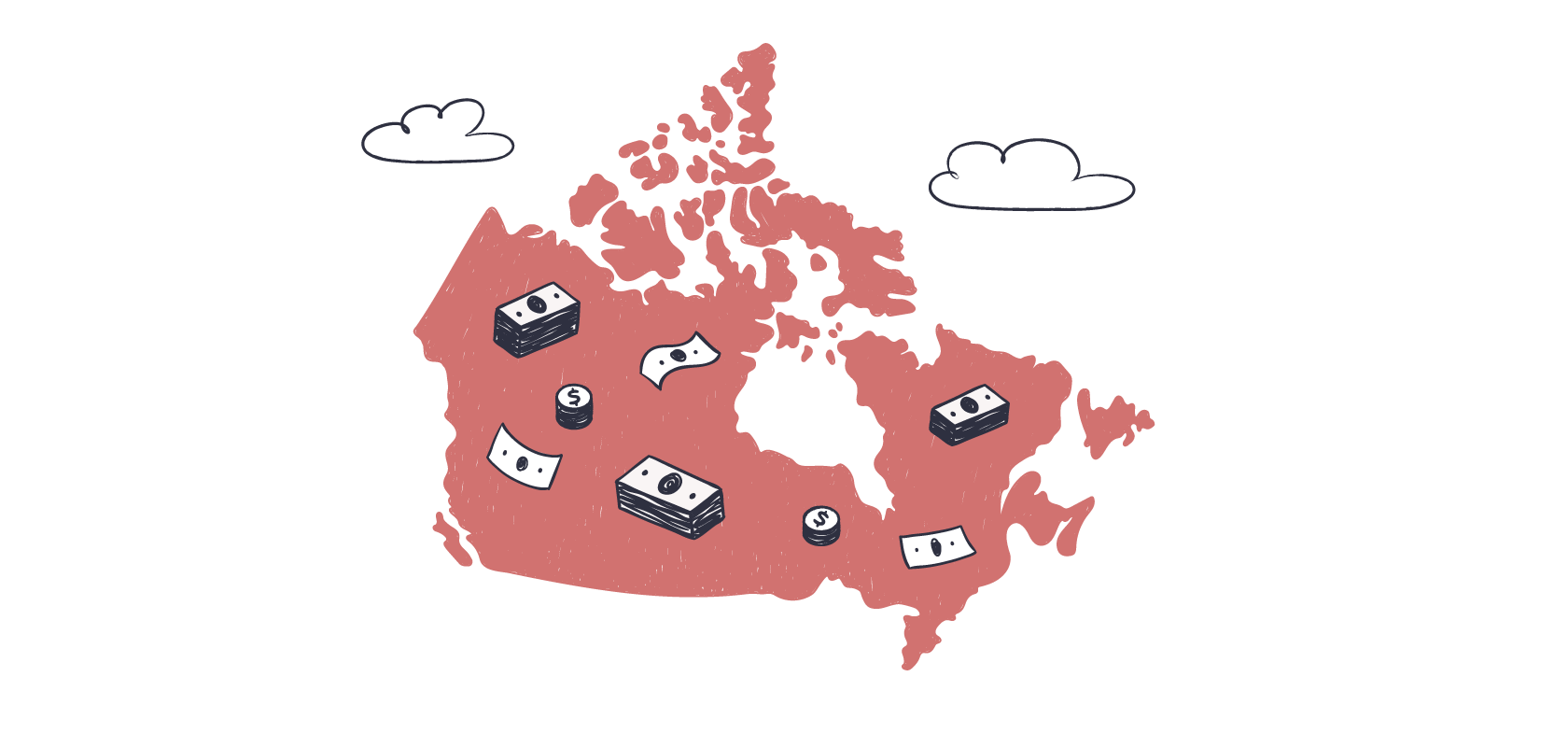Become an insider!
Get our latest payroll and small business articles sent straight to your inbox.
It’s the most wonderful time of the year…
Well, perhaps not the MOST wonderful time of the year — especially for payroll professionals. Year-end is fast approaching and with it comes the often daunting task of generating tax forms T4, T4A, and Relevé.
Then, no later than February 28 (February 29 on a leap year), these forms must be sent to your employees and contract workers. But what are these forms and what the heck do all of those boxes mean?
What is a T4?
The T4, also known as the Statement of Remuneration Paid, is an information slip that shows how much money an employee earned and how much was withheld and remitted to the Canada Revenue Agency (CRA). It is also the form that your employees use to file their income taxes each year.
Generally, most taxable income, allowances, benefits, deductions and pension plan contributions are included on the form. While some forms have minimal boxes completed, others can be loaded with information.
Below is a list of the most commonly used boxes on the T4.
Box 14 (Line 101)— Employment Income
This is probably the most important box on the T4 for both you and CRA. But, what is employment income?
Here are some of the items included in Box 14. For more details on this and other boxes on the T4, here is a link to the CRA’s T4 overview.
- Salary
- Wages
- Commissions
- Bonuses
- Tips and gratuities
- Honoraria
- Vacation Pay
- Directors’ Fees
Box 16/17 (Line 308) – CPP (Canada Pension Plan) or QPP (Québec Pension Plan) contributions.
As a rule, no employee should have both of these boxes completed, unless they worked in two different provinces (one of which is Québec). The maximum CPP/QPP contribution for 2019 is $2,748.90. (Full historical table)
Box 18 (Line 312) – EI (Employment Insurance) Contributions
This amount is usually 1.4% of Box 24 (EI Insurable Earnings). The maximum EI contribution for 2019 is $860.22.
Box 22 (Line 207) – Income Tax Deducted
This box shows the total amount deducted from the employee’s earnings for Income Tax.
Box 24 – Total EI Insurable Earnings
Box 24 will be the amount in Box 14 up to the maximum EI allowable earnings in the year ($53,100 for 2019) and less any non-EI insurable taxable benefits.
Box 26 – CPP/QPP Pensionable Earnings (respectively)
Box 26 must be the same as Box 14 up to the maximum CPP/QPP allowable earnings in the year ($57,400 for 2019).
Box 40 — Other Taxable Allowances and Benefits
This is another one of the ‘top’ boxes on your tax form. It shows all taxable benefits (expenses) paid to an employee, such as parking benefits, car or cell phone allowances and transit passes, just to name a few.
NOTE: If you are unsure what earnings are insurable and pensionable, here is a shortlist of some of the more common items paid and whether they are insurable and/or pensionable.
Examples of Insurable and Pensionable Earnings
Insurable Earnings:
- Bonuses
- Commissions
- Gratuities and Tips
- Salary and Wages
- Overtime
- Pay in Lieu of Notice
- Shift Premium
- Stat Holiday Pay
- Vacation Pay
Pensionable Earnings
- Salary, wages, commissions, or other remuneration (including advances on account of future earnings), wages in lieu of termination notice, bonuses.
- Most cash/non-cash taxable benefits and allowances.
- Employer contributions to an employee’s registered retirement savings plan (RRSP).
- Group term life insurance premiums.
- Incentive payments.
- Directors’ fees.
- Certain tips and gratuities received for services performed.
- Remuneration received while retired, on vacation, furlough, sabbatical, or sick leave, or for lost-time pay from a union, vacation pay, and payments for sick leave credits.
- Benefits derived from a stock option plan.
What is a T4A?
A T4A, also known as the Statement of Pension, Retirement, Annuity and Other Income is generally issued when you pay any of the following types of income:
- Pension or superannuation
- Lump-sum payments
- Self-employed commissions
- Annuities
- Patronage allocations
- Registered education savings plan (RESP) accumulated income payments
- RESP educational assistance payments
- Fees or other amounts for services
- Other income such as research grants, wage-loss replacement plan payments if you were not required to withhold Canada Pension Plan (CPP) contributions and employment insurance (EI) premiums, death benefits, or certain benefits paid to partnerships or shareholders.
The T4A is most often issued for self-employed contractors. Their income would be reported in box 28 or box 48 (Fees for Services).
What is a Relevé 1?
The tax form provided to Québec employees is called the Relevé 1. This form is provided to employees who have been paid salaries, wages, gratuities, tips, fees, scholarships, commissions or other amounts.
Explanation of boxes
Box A – Employment income before source deductions
Box B – Québec Pension Plan (QPP) contribution
Box C – Employment Insurance premium
Box D – Registered pension plan (RPP) contribution
Box E – Québec income tax (including the health contribution) withheld at source
Box F – Union dues
Box G – Pensionable salary or wages under the Québec Pension Plan (QPP)
Box H – Québec parental insurance plan (QPIP) premium
Box I – Eligible salary or wages under the Québec parental insurance plan (QPIP)
Box M – Commissions included in the amount in box A or box R
Box N – Charitable donations and gifts.
Box O – Other income not included in box A such as research grants, tax-free savings account, death benefits, financial assistance, etc.
Box Q – Deferred salary or wages (salary or wages that are tax-exempt and not included in the amount in box A or box R)
Box R – Income paid to a Native Canadian situated on a reserve or premises
Box S – Tips not included in box T. This amount is already included in the amount in box A or box R.
Box T – Tips allocated by the employer. This amount is already included in the amount in box A or box R.
Box U – Amount deemed, under a phased retirement arrangement, to be income received from pensionable employment, on which an additional contribution to the Québec Pension Plan (QPP) is calculated. This amount is tax-exempt and is not included in the amount in box A or box R.
Taxable benefits included in box A or box R, as applicable
Box J – Amount paid by the employer to a private health services plan.
Box K – Trips made by a resident of a designated remote area.
Box L – Other benefits
Box P – Contribution to a multi-employer insurance plan
Box V – Meals and lodging
Box W – Use of a motor vehicle for personal purposes
Why Are T4s, T4A and Relevés Important?
There are a number of reasons why these forms matter:
- These forms are what your employees use to file their income taxes.
- If you fail to meet the end of February deadline, your employees can report you to the CRA or Revenu Québec.
- If an employer is found to be at fault for causing a delay or failing to provide these forms, penalties may be assessed.
- T4s, T4As and Relevés are also used to show how much employers have paid in employer taxes, like CPP contributions and EI premiums, which in turn determines your schedule for making these payments.
- If an employer fails to remit enough payroll taxes, the CRA will assess penalties of 10% the first year and 20% the second if the error isn’t addressed.
- It is also the responsibility of the employer and the employee to ensure that the information on these forms is accurate.
- If there’s a mistake, you’ll have to go through the process of amending, canceling, adding or replacing them.
Good Luck and Happy Year-End Tax Filing! If you have any questions, please let us know in the comments below.
PS: Did you know that when you use payroll software, like Wagepoint, the generation of T4s, T4As and Relevés are automated? Employees can also access these documents through the same online portal that lets them view their paystubs. Here’s a helpful article on reviewing T4s in Wagepoint.
The advice we share on our blog is intended to be informational. It does not replace the expertise of accredited business professionals. In order to qualify for complimentary T4s with Wagepoint (included as part of your standard fees) — a business must run a minimum of two payrolls in the current calendar year.











